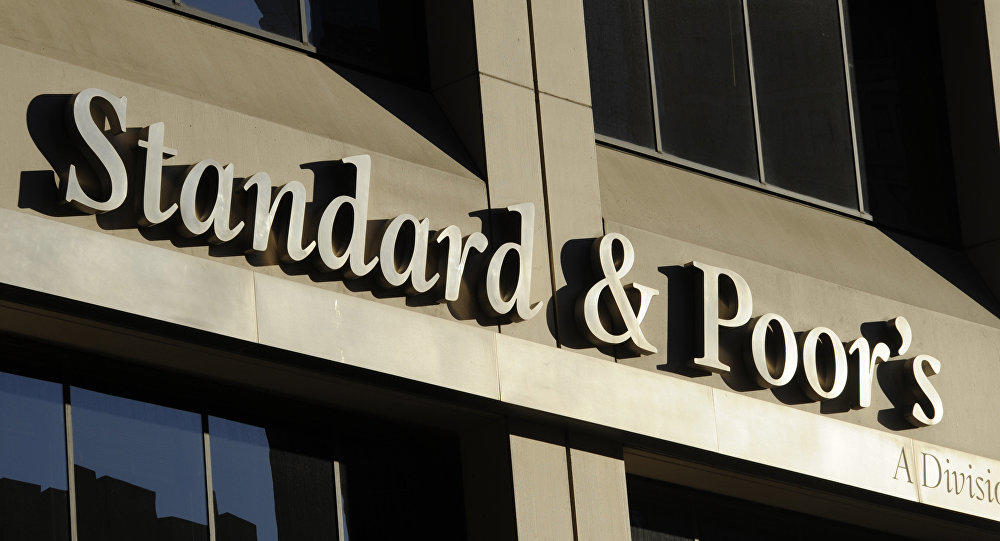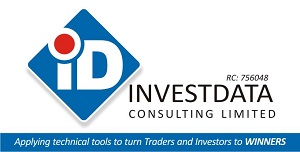S&P 500 Hits New Record Highs Driven By Technology

“The S&P 500 once again reached record highs, hovering around 6,694 points, reflecting the momentum of major technology companies that continue to dominate the U.S. stock market. Nvidia led the gains with a rise of more than 5% after announcing an ambitious investment plan of up to $100 billion in OpenAI, consolidating its position as one of the most influential players in artificial intelligence development. Apple, meanwhile, reached an eight-month high after receiving a price target upgrade, supported by solid expectations for new iPhone sales.
The performance of these companies confirms that the tech rally remains the market’s driving force. Investors have shown confidence that the adoption of artificial intelligence, along with resilient consumer demand for mobile devices, will continue generating extraordinary returns for the sector. In addition, capital inflows into these firms reinforce the trend of concentration in a few stocks that account for much of the index’s advance.
The Federal Reserve has also been a key factor in recent market behavior. This month’s interest rate cut encouraged greater risk-taking and strengthened the perception that the monetary easing cycle will support economic activity. Markets are now pricing in at least two additional rate cuts before the end of the year, raising expectations for a cheaper and more attractive financing environment for investment.
Against this backdrop, investor attention is turning to upcoming remarks by Fed Chair Jerome Powell, as well as the release of the Personal Consumption Expenditures (PCE) index, considered the central bank’s preferred inflation gauge. These data will be crucial in calibrating the speed and magnitude of future monetary adjustments and in confirming whether the Fed’s strategy can reduce inflation without harming growth.
Research firms’ projections reflect a climate of optimism. Goldman Sachs raised its 12-month forecast for the S&P 500 to 7,200 points, citing sustained corporate earnings growth. Similarly, RBC Capital expressed a positive outlook, estimating that the index could surpass 7,100 points by 2026, arguing that history shows a bullish pattern when rate cuts are not tied to a recession.
Optimism is not limited to tech giants but also extends to sectors such as consumer discretionary and energy, which have benefited from economic stability and relatively contained commodity prices. This outlook suggests that market expansion could become more diversified, reducing dependence on the technology sector—though it will likely remain the main growth driver in the short term.
However, risks persist. Geopolitical volatility, fiscal imbalances, and the possibility of unexpected inflation rebounds remain sources of uncertainty that could dampen market momentum. Likewise, the concentration in a handful of large-cap stocks continues to be a focal point, as any correction in these names could have a disproportionate impact on the index.
In conclusion, the S&P 500 is cementing a new chapter in its historic rally, supported by the dynamism of the tech sector and a more favorable monetary environment. With investors awaiting further signals from the Federal Reserve and inflation data, optimism prevails, bolstered by upward revisions from major investment firms. Still, the path toward 7,200 points will depend on maintaining the balance between economic growth, inflation control, and global stability, factors that will determine whether this bullish cycle can be sustained in the medium term
Di Giacomo is Financial Markets Analyst for LATAM at XS






